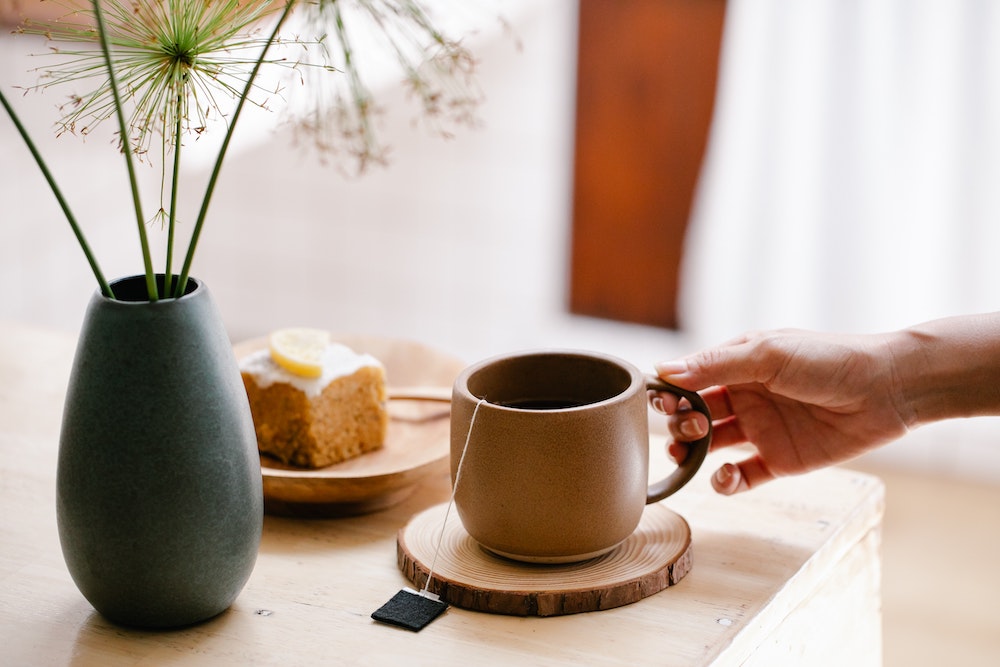
Neuroplasticity refers to the brain’s ability to change, which means that we can change the patterns of our thoughts and emotions, hence creating new neuropathways and rewiring our brain (my previous blog post went into more detail about this). Creating new neuropathways requires us to be intentional with our effort, due to the reality that biologically, we are hardwired to focus on the negative: what is “bad” or could potentially go wrong.
Researchers Paul Rozin and Edward Poysman coined the phrase negativity bias to capture this concept. Historically, humans have had to focus on the possibility of what could go wrong in order to survive, to look for threats in the environment, i.e. threatening animals, risks to food, etc. Our negativity bias has been a resource to allow us to evolve into a more advanced society.
How we live today does not require us to be as prepared for danger, but our biology still operates as though we do. For example, a person can have 100 experiences with dogs. Of those experiences, 99 of them have been positive and 1 resulted in the dog biting them. Which of the experiences will the person focus on? You bet! The 1 in which they were bitten. So often, we have a positive experience and barely notice it before we are moving on to the next thing. Something difficult happens and we will spend swaths of time thinking about it or venting about it to someone.
How do we change our tendency to focus on the negative (our pain, sadness, anxiety, hurt, failures, etc.)? One of the ways we do this is to “steep” into the goodness. I often use the word “marinate” with my clients, but upon reflection, thought an image of tea steeping would be more visually appealing for the purpose of this blog. Ha. So yes, we will go with steep, as in steeping a cup of tea. The longer tea is steeped in water, the stronger, more potent the tea.
When we have a positive experience, we can take a few moments to really steep into it. Let’s say you get positive feedback at work. When that happens, take 20 seconds to let it sink in. Feel the satisfaction of your hard work being acknowledged, notice the relaxed feeling in your chest, notice any thoughts or emotions that arise. Let yourself really FEEL it. This is the steeping. The longer you can stay with it, the more the neurons for this pathway are firing together and changing the way you think and feel!
We can do this with any positive experience we have or have had in the past. You can think of a time when you felt cared for, felt at peace, successful, or joyful. Steep into those feelings, memories, and sensations and let your brain start creating new pathways that replace those older, well-worn pathways of pain.
Source Readings:

